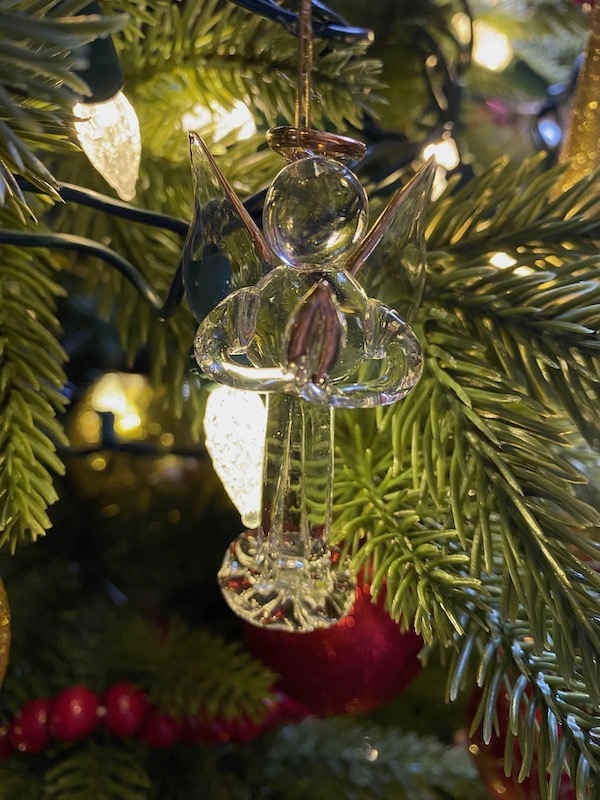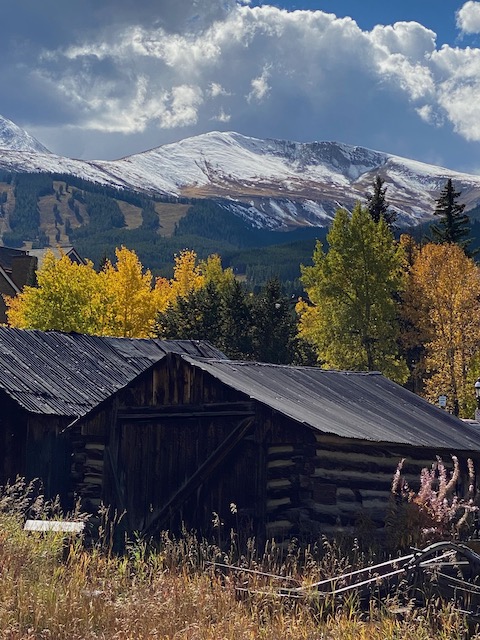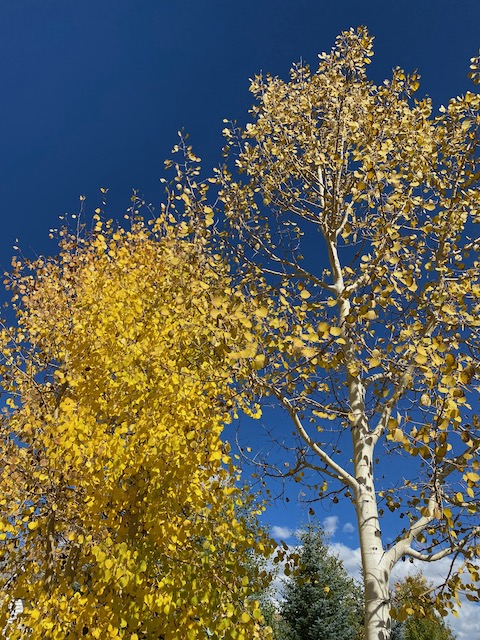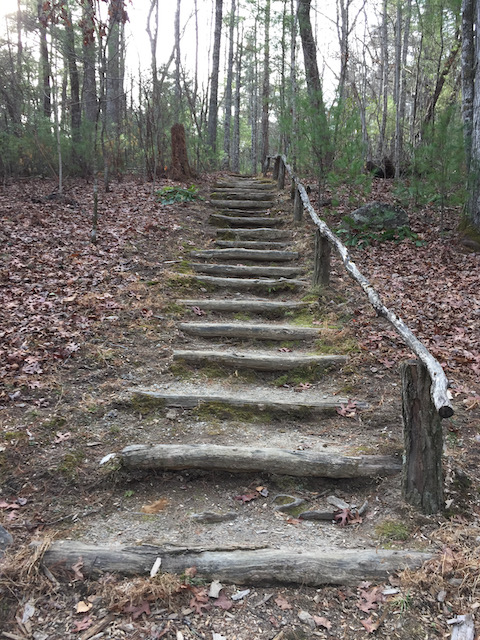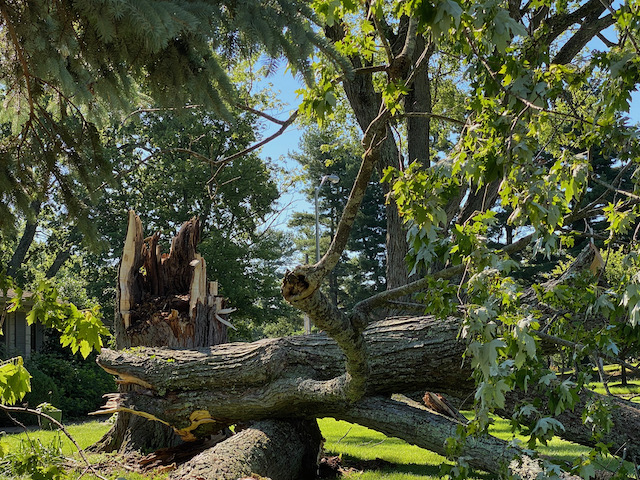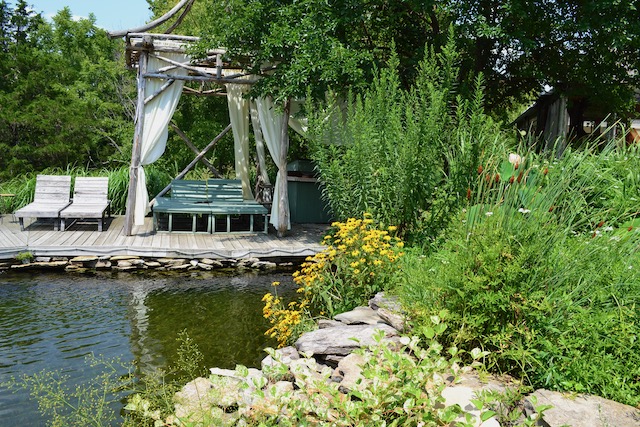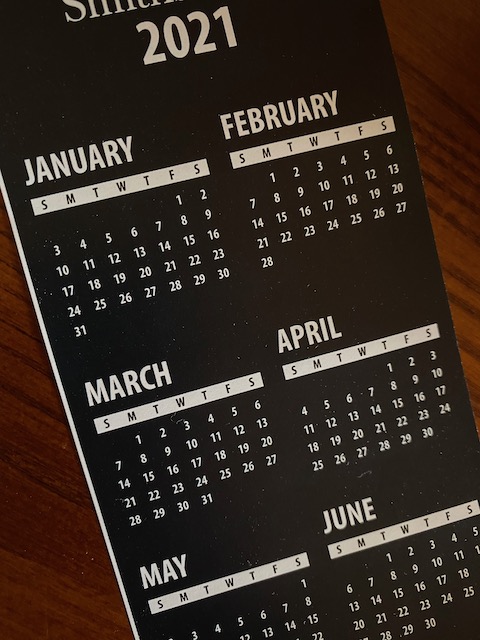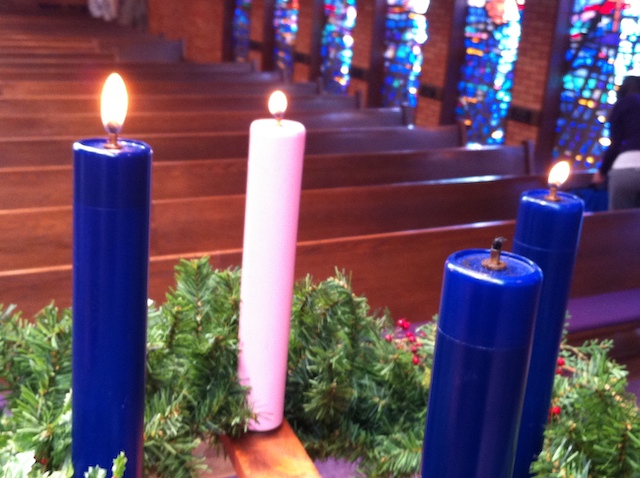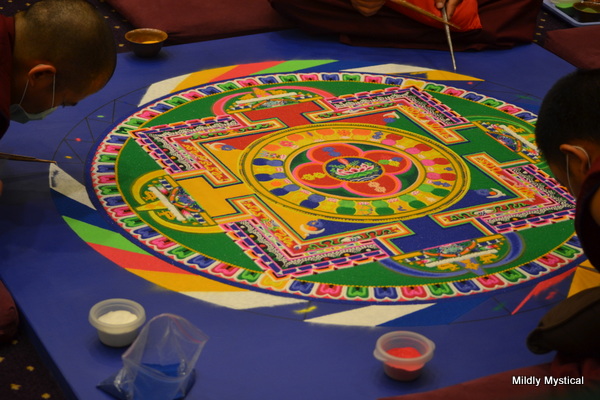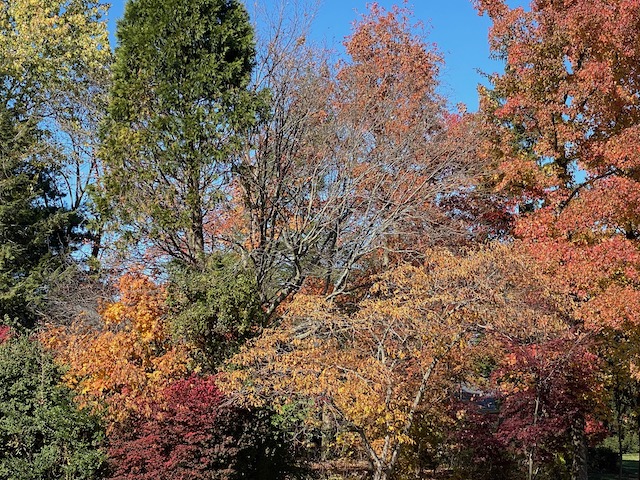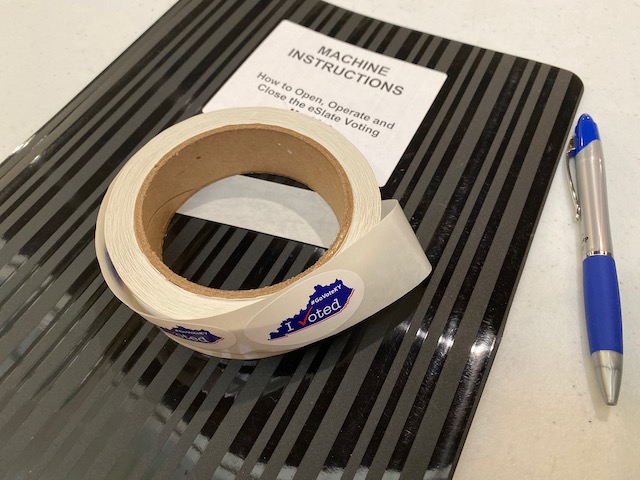Simplifying the Christmas season most always appeals to me. Dwelling in the quiet expectation of Advent helps make sense of the world. These shortened days demonstrate the rhythm of the seasons and the natural order of things. It’s a time for paring down in order to focus on what matters most.
But one thing I nonetheless crave this time of year is Christmas lights! . In these weeks marking the longest nights of the year, I welcome the cheer of tiny lights. Other traditions observe the festival of lights in their own meaningful contexts. Hannukah in the Jewish faith is centered on remembering the miracle of enduring light through the candles of the menorah. Diwali in Indian culture is all about lighting up the night. As the hours of darkness lengthen, the illumination shared by all of these grows ever more significant.
For me, the display of light represents the human effort that is part of the equation of bringing hope and cheer, love and goodness, into the world. The stringing of lights signifies the upwelling of what is best in humanity. Light is a beautiful gift that we share with one other, heartening one another through dark times.
Whether or not we say it aloud, the sharing of light reconnects us to a steady hope in the beauty of life, and reminds us that suffering is not the last word. Light is a powerful mystery, and points to a source beyond our everyday understanding. Even a tiny light helps us remember that we are not alone in the dark.
Yet without a connection to something beyond ourselves the bulbs flicker, the candle flames waver, the power goes out. The world is full of darkness, and we need strength, guidance, and courage from a source more enduring than our changing circumstances if we are to bring light. Part of what we do for one another is to hold this connection for those whose who have lost touch with it.
Cultivating light is like the two movements of the breath: breathing in the fullness of life from the source, and breathing out the manifestation of that love into this world. Jacob’s dream of a ladder connecting heaven and earth, with angels ascending and descending, offers a powerful image for this two-way movement—from earth toward heaven, and from heaven toward earth. Humanity and divinity move toward each other. They meet, and it changes everything.
Something within us is made of light, is a vessel for light, and moves us to bring light into the world. Every glowing bulb echoes this divine spark.
Susan Christerson Brown

